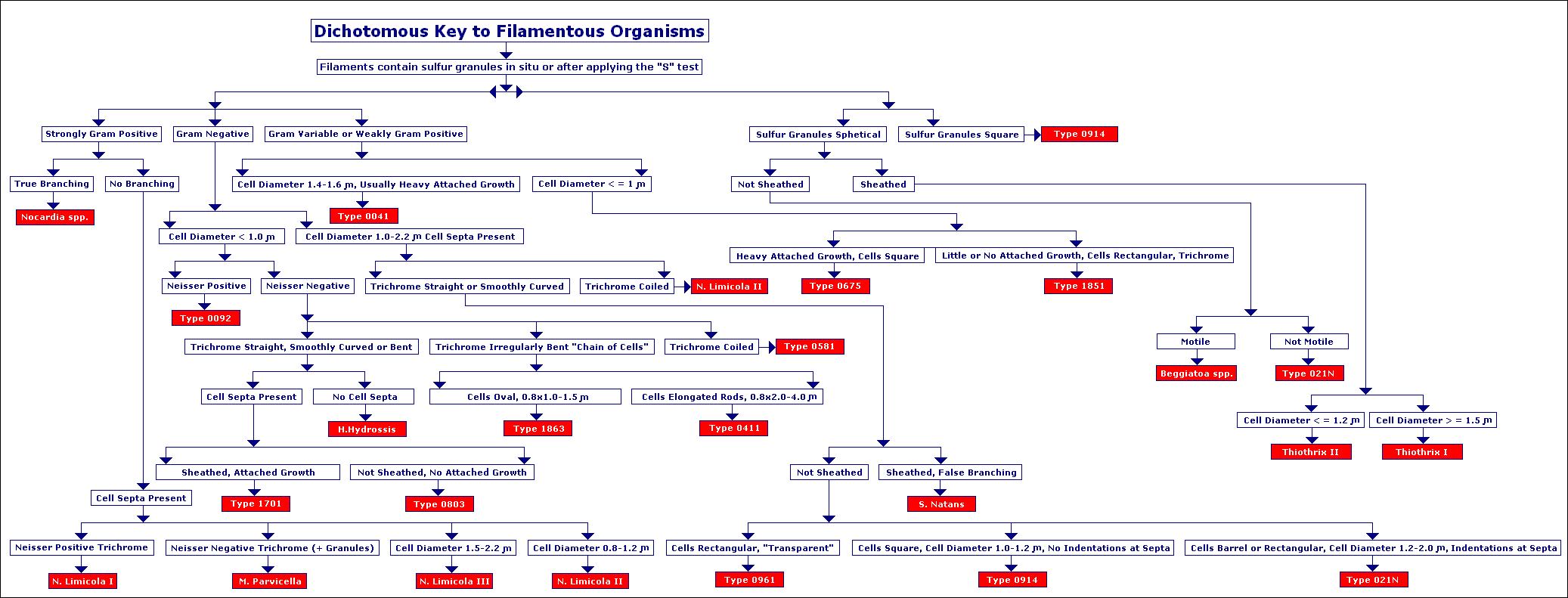
Methyl red is a pH indicator that will indicate the bacteria fermented glucose via the mixed acid fermentation pathway. MRVP Broth (Glucose) -> Pyruvic acid -> Butanediol fermentation pathway (VP+)ĥ – 10 drops of Methyl Red reagent is added to the methyl red tube. MRVP Broth (Glucose) -> Pyruvic acid -> Mixed acid fermentation pathway (MR +) Some bacteria ferment glucose using mixed acid fermentation pathway (detected in the MR test) while other bacteria ferment glucose via the butanediol fermentation pathway (detected in the VP test). The MR-VP test is actually two separate tests that use one broth of glucose to determine the end product of glucose fermentation. Tube 5 yellow butt (positive glucose fermentation), yellow slant (positive glucose fermentation), media is pushed up from the bottom of the tube (positive gas production), black precipitate (positive hydrogen sulfide). Tube 4 yellow butt masked by black precipitate (positive glucose fermentation), red slant (negative lactose fermentation), negative for gas production, black precipitate (positive hydrogen sulfide). Tube 3 yellow butt (positive glucose fermentation), red slant (negative lactose fermentation), negative gas production, negative hydrogen sulfide. Tube 2 yellow butt (positive glucose fermentation), red slant (negative lactose fermentation), media is pushed up from the bottom of the tube (positive gas production), no black precipitate (negative hydrogen sulfide). Starting on the left: Tube 1 red butt (negative glucose fermentation), red slant (negative lactose fermentation, negative gas production, negative hydrogen sulfide. Red slant = Negative lactose fermentationīlack precipitate in the media = Positive Hydrogen Sulfide Production KIA Results. Yellow slant = Positive lactose fermentation Gas production from glucose fermentation:īubbles or splitting of the agar = Positive for gas (If bacteria cannot ferment glucose, they will not produce gas) Yellow butt = Positive glucose fermentation (a black precipitate may mask the yellow color) If bacteria can ferment glucose, they are called “fermenters” and can be differentiated by determining if it can also ferment lactose or produce hydrogen sulfide.

If bacteria cannot ferment glucose, they are called “nonfermenters” and will not be able to ferment any other carbohydrates. The media can also determine if the organism can produce hydrogen sulfide. If the organism can ferment glucose, then KIA will also demonstrate if it can ferment lactose. KIA media is used to determine if the organisms can ferment glucose with or without gas production. It also has a phenol red pH indicator, ferrous sulfate, and peptones in the agar. KIA media contains two carbohydrates, glucose and lactose. Left Tube Urease Negative Right Tube Urease Positive KLIGLER IRON AGAR (KIA)

A pH indicator will turn yellow if acid is produced. Selective and Differential media and biochemical testS overview GLUCOSE FERMENTATION TESTĪ carbohydrate fermentation broth uses a particular sugar, such as glucose or sucrose to determine if bacteria can ferment that sugar into acidic end products. You cannot use unreliable test results to identify an organism. You may use a test as many times as you like. Try to begin your key with a biochemical test that divides the bacteria in about half. Your dichotomous key must include all the bacteria (8 total). Use the information in the Test Results of Gram-Negative Bacteria in the table in the questions document to construct a branching dichotomous key. “Įxample of a branching dichotomous key BioNinja construct a dichotomous key

Identification is reached at the end of the tree’s “branches. Each characteristic begins a new “branch” of the tree, with each subsequent question being a sub-branch. In a branching layout of a dichotomous key, each of an organism’s characteristics are laid out in a style similar to a flow chart. As the user proceeds from one step to the next, the clues gradually narrow down the list of possible organisms until all are identified.
#Dichotomous key microbiology unknown bacteria series#
Dichotomous comes from the Greek “di” for “two” and “tome” for “cutting instrument.” The key consists of a series of paired statements about characteristics, providing a step wise guide toward identifying each organism.

Identify structural characteristics of the major groups of microorganismsĬompare and contrast prokaryotic cell and eukaryotic cellĬompare and contrast the physiology and biochemistry of the various groups of microorganismsĪ dichotomous key is a useful scientific tool used to identify organisms based on their characteristics. Describe the modes of bacterial and viral reproduction and proliferationĪpply various laboratory techniques to identify types of microorganisms


 0 kommentar(er)
0 kommentar(er)
